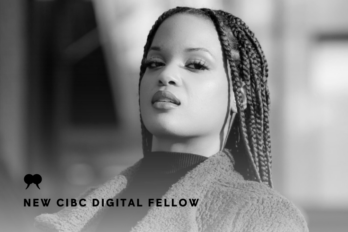The Good Lands project began in 2016 when a group of curators and writers gathered to discuss how we see Canada and the land through art. The project, which has produced a ground-breaking book, The Good Lands: Canada Through the Eyes of Artists, as well as an online art map in collaboration in with the Trans Canada Trail, is a meditation on Canada, the physical land—prairie fields, quiet lakes, and craggy coastlines—and our sense of belonging within these landscapes.
Victoria Dickenson, one of the curators of The Good Lands, said the project came together as the writers and curators gathered around a “virtual kitchen table”—a group video call—and began to think of art as a tool for reconciliation.
In the book’s foreword, Senator Murray Sinclair recalls comments he made at the close of the Truth and Reconciliation Commission: “We have described, for you, a mountain. We have shown you the path to the top. We call upon you to do the climbing.” Senator Sinclair then reflects on the power of art to help us achieve the summit, writing, “Artists can help us look ahead and give us inspiration to pass through the storms to overcome the obstacles. We cannot allow ourselves to be overwhelmed by this great task, because our goal is just and it is necessary.”
The Good Lands includes historical and contemporary work by Indigenous and non-Indigenous visual artists, statements from the curators, and essays by Stó:lō writer Lee Maracle and Innu author Naomi Fontaine. Dickenson says that one of the goals of the project was to introduce Indigenous artists into the mainstream conversation about Canadian art—many people, Dickenson says, think Canadian landscape art is comprised exclusively of the work of the Group of Seven. “We were interested in creating, in a sense, a new canon for landscape art in Canada,” she says. The goal of the project is to bring “beautiful work by wonderful artists to a larger public.”
A portion of the proceeds from the sale of The Good Lands: Canada Through the Eyes of Artists will go towards The Walrus Fund for Indigenous Visual Artists to help us commission work by Indigenous artists for The Walrus and thewalrus.ca.













